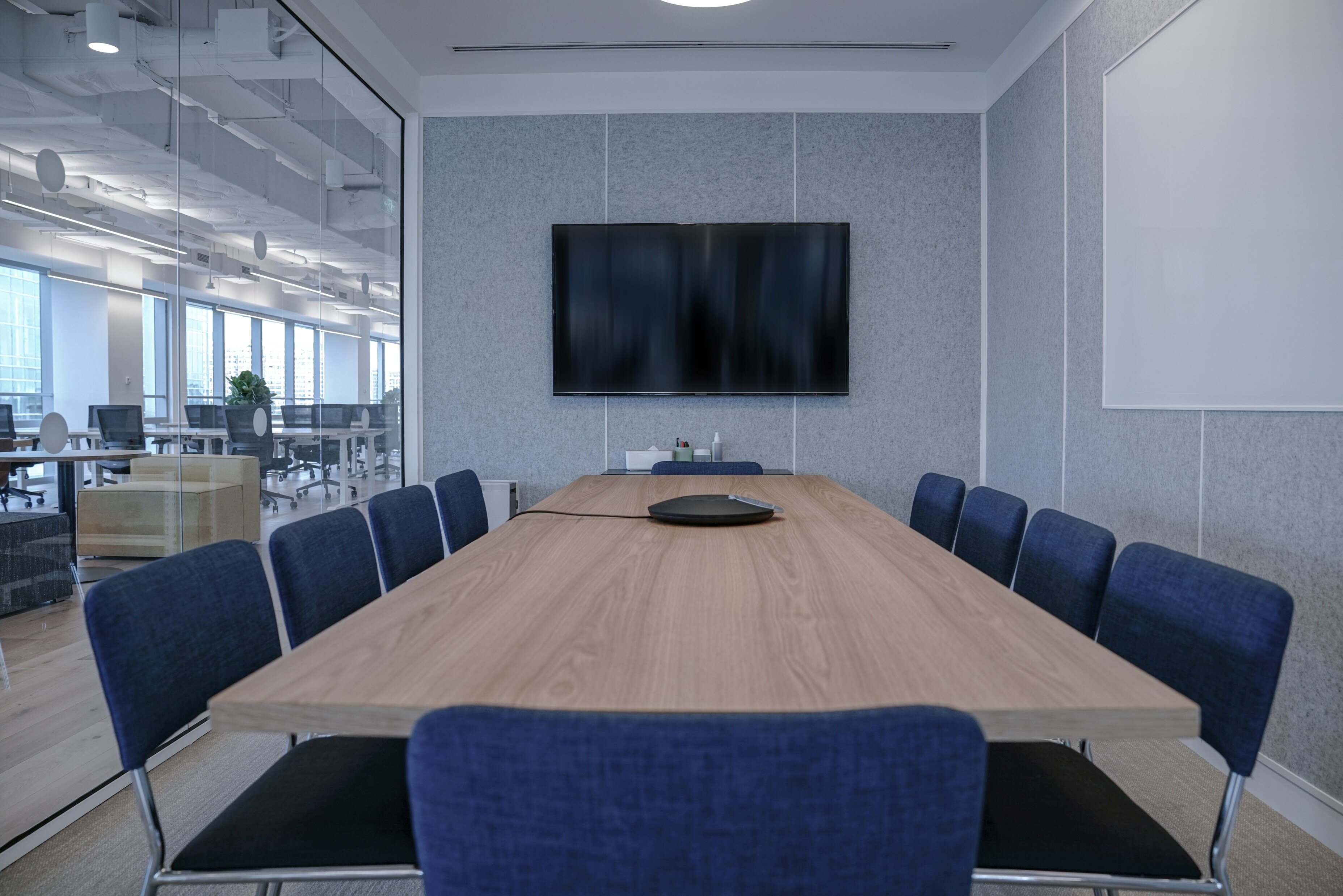Companies are transitioning to hybrid work, and digital whiteboards become an essential element of this transformation. Traditional dry-erase whiteboards tie information to the physical board, making it difficult to share with remote users. The in-room physical whiteboards are being replaced with digital whiteboards that run on an interactive display in the meeting room and on laptops. These powerful whiteboards are intended to stimulate whiteboarding collaboration whether users are in the room or remote. Curiously, many office conference rooms have expensive digital whiteboards gathering dust in a corner.
After displacing traditional dry-erase whiteboards at a minimum cost of $3000 each, the unused digital versions become a very poor investment. What went wrong with an in-principle excellent idea? After all, isn’t the move from analog to digital the ultimate sign that a workplace is ahead of the curve and investing in its productivity and competitiveness?

What do our customers tell us?
There are basic reasons why most digital whiteboards don’t deliver the promised workforce transformation:
1. They are too complex to operate:
Digital whiteboards come with an impressive array of software/applications, gestures, pointing devices, and configurations that are meant to provide great flexibility and range of use. However, the result is often the opposite. Each of these becomes a possible tripping point that reduces intuitive simplicity. Users often stand around scratching their heads, poring over manuals, and arguing about the best way to do a task – while accomplishing nothing.
2. Walk-Up and Use:
Often, digital whiteboards become a showpiece technology rather than being usable. With traditional analog whiteboards, you could walk up to the board in the middle of a conversation, grab the dry-erase markers, and draft your ideas without any fuss. Those boards got used, not admired from a distance!
3. Large overhead in terms of rollout, initial training and organizational adoption:
Often, a professional development course is necessary for teaching users to become effective and efficient with the board. Workers feel pressured to learn yet another piece of time-consuming technology and to force existing workflows into the new setup.
4. Difficult to use with video conferencing:
Collaborative meetings take place in Microsoft Teams, Zoom, Google Meets and WebEx. Whether planned or ad hoc, whiteboarding is necessary for brainstorming, workshops, project tracking and other types of visual collaborations. For a seamless meeting experience, it is crucial to have frictionless whiteboard collaboration between the meeting room and remote locations. Whiteboarding must be integrated with the Video Conferencing tool. However, it will likely be under-employed unless it is also intuitive to use.
Meet FlatFrog Board
Intuitive, ease of use: The FlatFrog Board with InGlass™ interactive display technology provides a natural dry-erase-like whiteboarding experience with all the digital smarts required for remote collaboration and file sharing.
Easily deployed: The WIN10/11 whiteboarding technology can be deployed as a single Walk-Up-and-Use or All-in-One display. Or it can be added to an existing setup as a Companion Display. InGlass™ interactive displays are the trusted meeting-room brand, with products from Dell, Samsung, Google, Sharp, NEC, Smart, and many more.
Frictionless whiteboarding inside Microsoft Teams: Finally, the FlatFrog Board is now available inside Microsoft Teams for meetings, chat or channels. Anyone in the meeting can start whiteboarding and others can contribute to the board in real time – all within the Teams application. Whether in the room or remote, everyone collaborates as though in the same room.
See FlatFrog Board in action
Learn more at www.flatfrog.com


